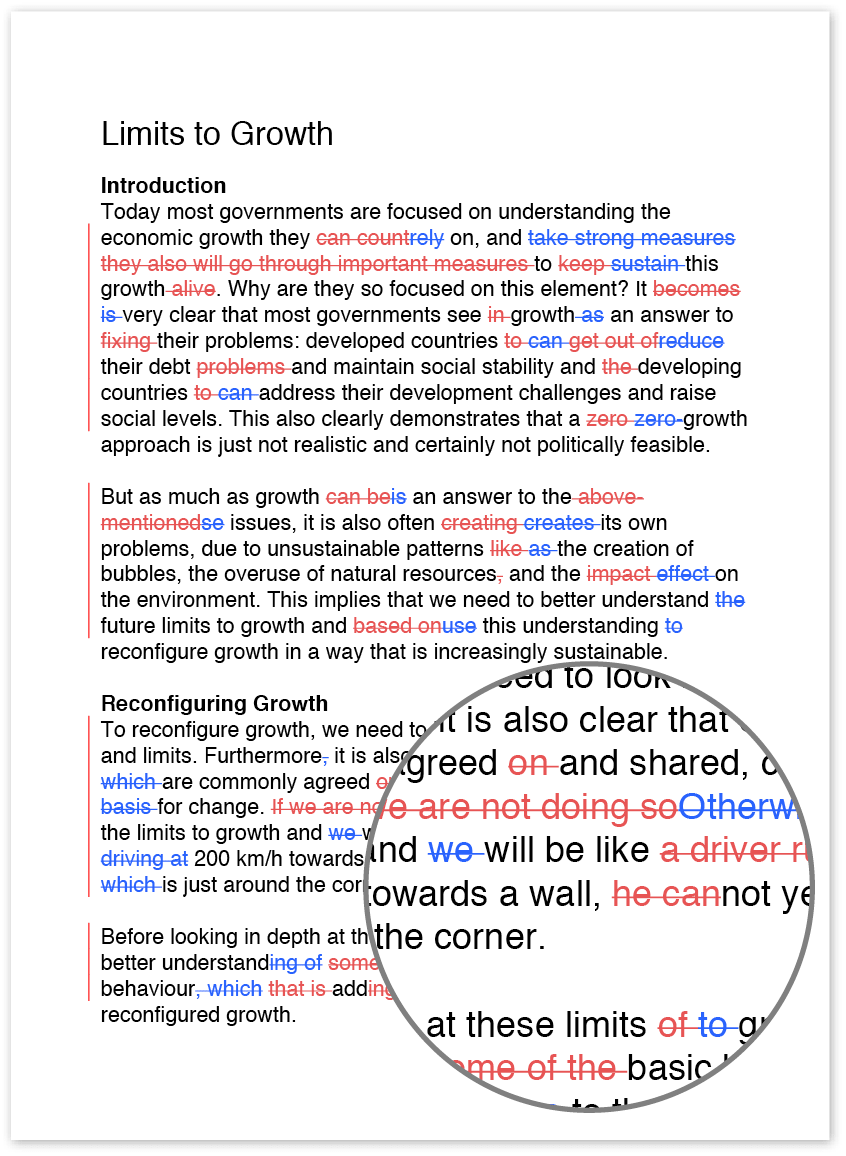Writing a book
Whether you want to write fiction or non-fiction, getting started on writing a book can be difficult. While you may have a wonderful idea brewing in your head, it can be difficult to get that story down on paper.
While every author has his or her own writing process that works best, you can follow the tips below as you create your own process.
Figure out what your book is about
If you’re writing non-fiction, think about your goal for writing the book. Do you want to recount the history of a specific time period, or are you trying to compare and contrast that time period with what’s going on today? If your topic is one that’s been covered by other authors, figure out the unique spin you can put on the topic to make readers want to pick up your book.
If you’re writing fiction, determine your genre and the audience you want to target. Are you writing a psychological thriller for adults or a fantasy about talking animals for kids? Once you determine your audience, make sure everything you write will engage that audience.
Just write—you can revise it all later
Once you’ve determined what you’re writing and who you’re writing it for, start putting words on paper. Don’t fret too much over getting the exact right word or turn of phrase in every sentence, and don’t stall while you decide whether your protagonist should have blue eyes or brown eyes.
Your first priority is simply to get the story on paper to create a first draft. Once you’re done with that draft, you can (and should) go back and revise your work repeatedly. There’ll be plenty of time to make changes and insert new, better dialogue or phrases.
Using an outline
Before you begin writing your full story, try creating an outline. You can either create a chapter outline, which might begin something like this:
- Chapter 1: Our protagonist, 11-year-old Jenny, learns she is spending three weeks at summer camp, to her dismay.
- Chapter 2: Jenny travels to the camp, and she isn’t pleased with the other campers.
- Chapter 3: Jenny makes a friend, but she’s still having trouble with some of the other girls. When she decides to hide in the woods to get away from their bullying, she finds a ramshackle cabin with a strange old man living there.
Plot points
You can also try creating an outline based on the plot points of your story and decide later where to break up the chapters. Such an outline might start like this:
- Week 1: Jenny finishes her last day of school and she thinks she’s going to enjoy a long, lazy summer at home. However, her parents inform her that they’ve signed her up for a three-week summer camp in the woods. Jenny spends the rest of the week upset about being forced to spend time with strange kids.
- Week 2: Jenny packs for camp and says goodbye to her BFF. She travels to camp, and she decides that no matter what happens, she’s not going to have fun. When she arrives, she immediately dislikes the other campers.
- Week 3: Although Jenny has made a new friend and discovered that she actually likes some of the activities, she still has problems with some of the girls. She starts trying to find places around camp where she can hide to get away from their taunts.
Note that some authors love outlines, and some hate them. Since you’ll eventually learn what process works best for you, you can feel free to ditch the outline if you find that it makes it harder for you to write your story.
Stick to a schedule
No one writes a novel in a day. While you may be incredibly excited about the prospect of writing a book when you start, you might discover that your excitement begins waning the further you get into the book.
To help keep yourself on schedule, try setting daily or weekly word count goals. For example, you can set a goal to write 500 words a day or 2500 words a week. Setting a daily goal can help you as you create a daily writing schedule, whether it involves writing for an hour in the morning before work or for an hour or two after dinner in the evening.
Flexible goal
If you set a weekly goal, you have more flexibility since you can write 1000 words one day, 500 the next, and so on. However, this might make it harder to develop a writing habit, especially if you meet your goal early in the week and then take the rest of the week off. If you set a daily goal and you begin easily surpassing that goal every day, try increasing the goal to keep yourself going.
Try NaNoWriMo
If you want to try writing a draft of a novel fairly quickly and with support from social networks and the online community, give National Novel Writing Month (or NaNoWriMo) a try.
Beginning every November 1, writers from all over the world set a goal to complete an entire book by the end of the month. Note that nothing says the book has to be a masterpiece—and it probably won’t be, since one month generally isn’t enough time to write a draft and go back and revise it to make it great.
However, the encouragement from the online community can help you stay motivated, and if the first draft is the hardest for you, you can end the month with a full first draft ready for revision.

